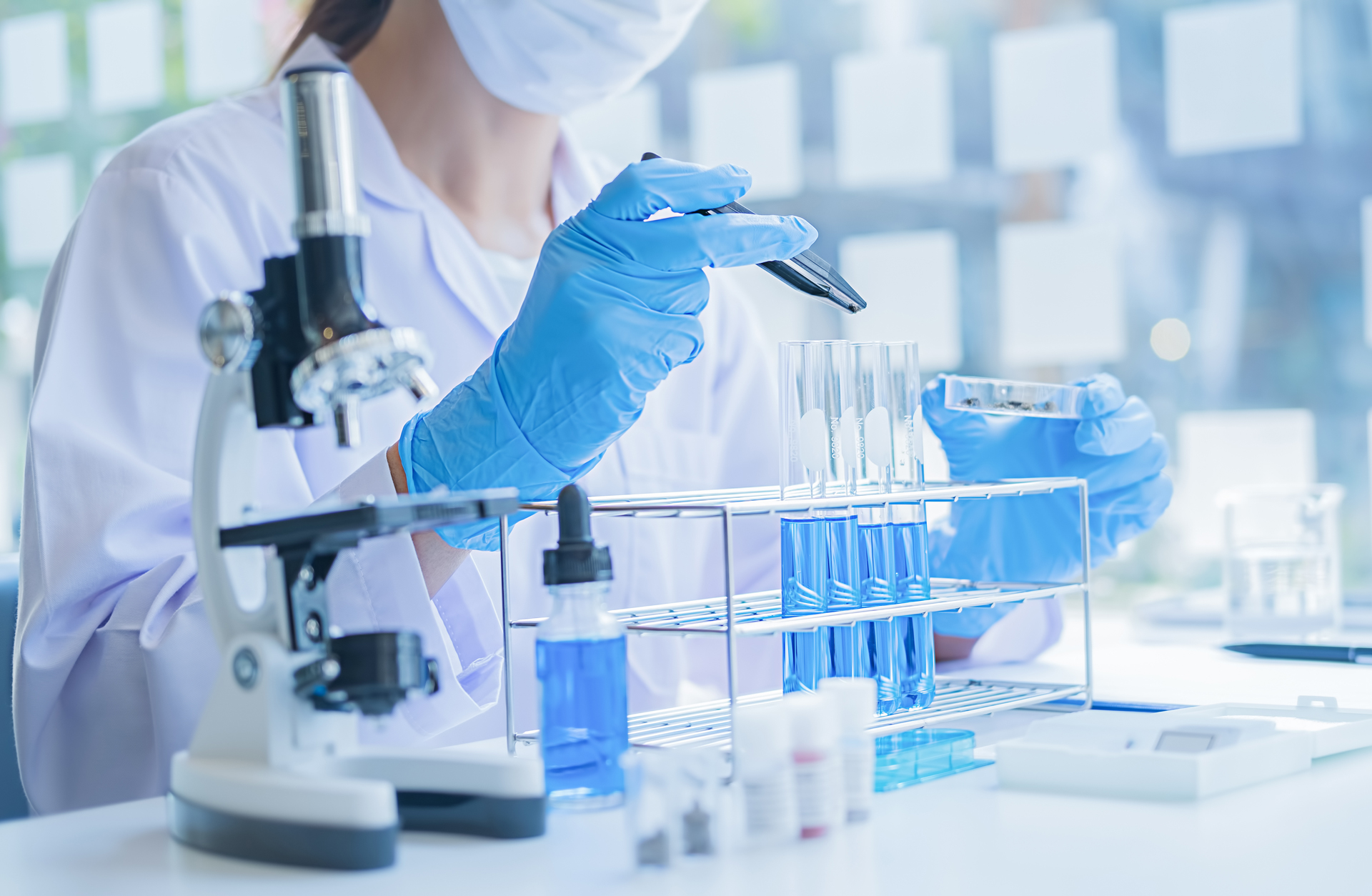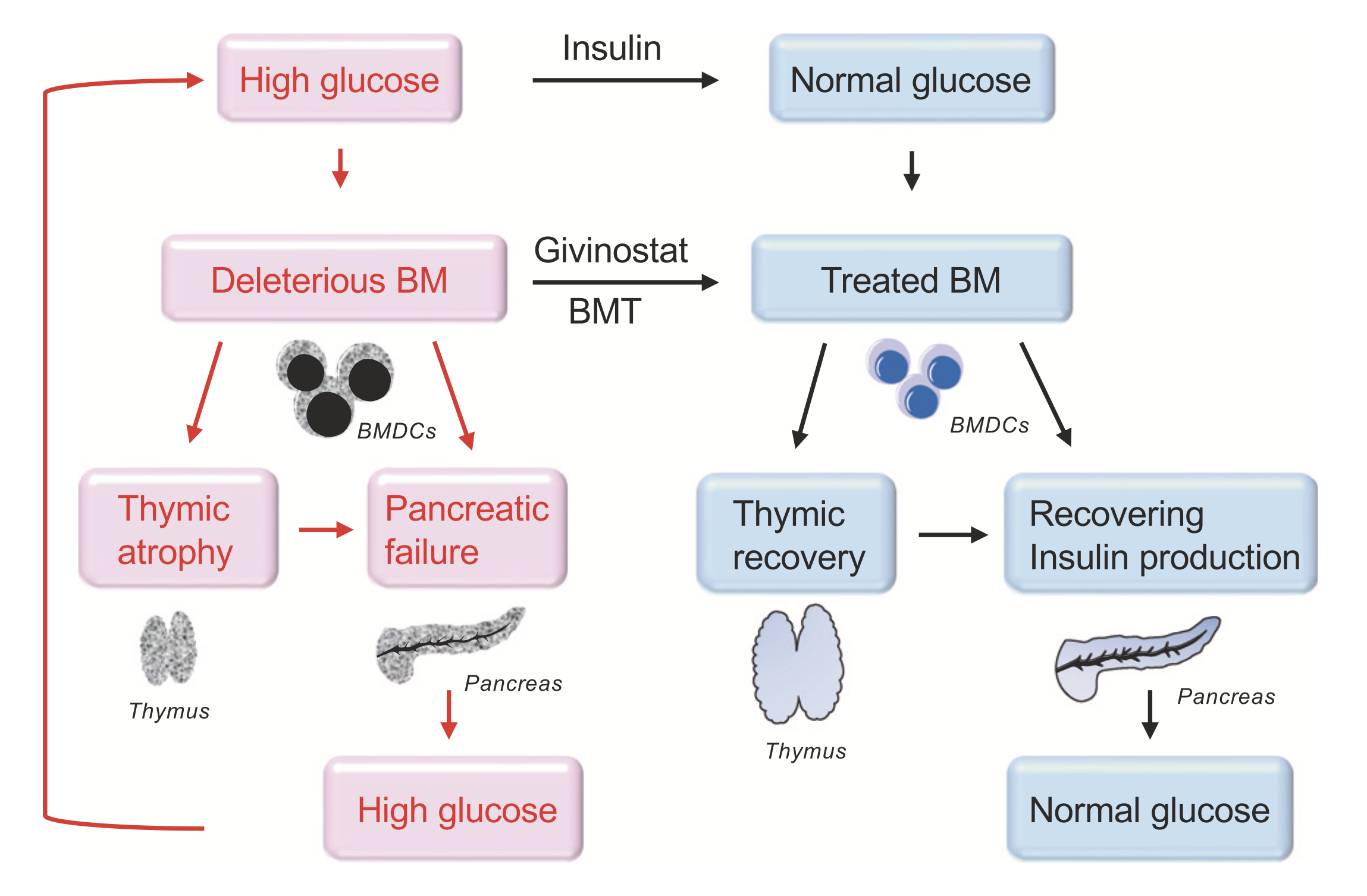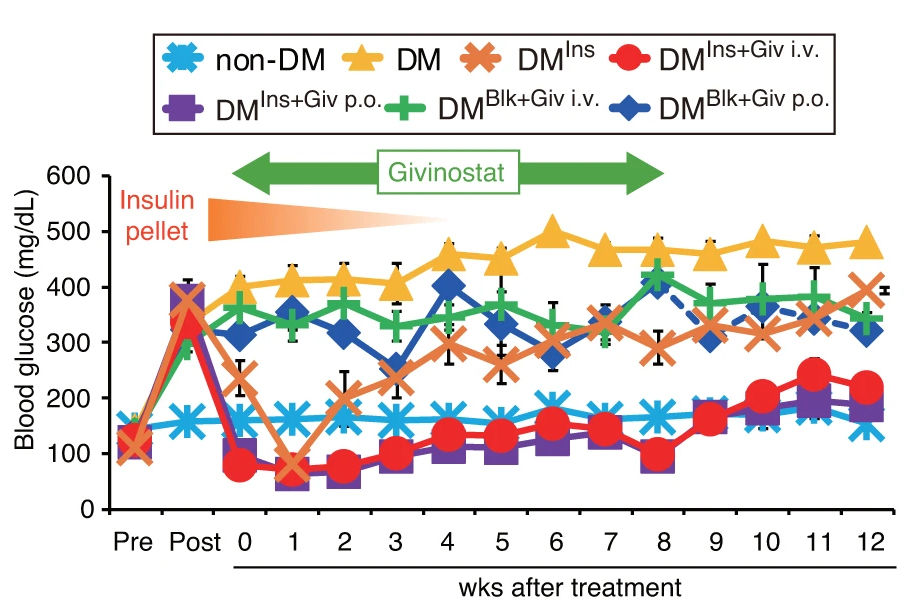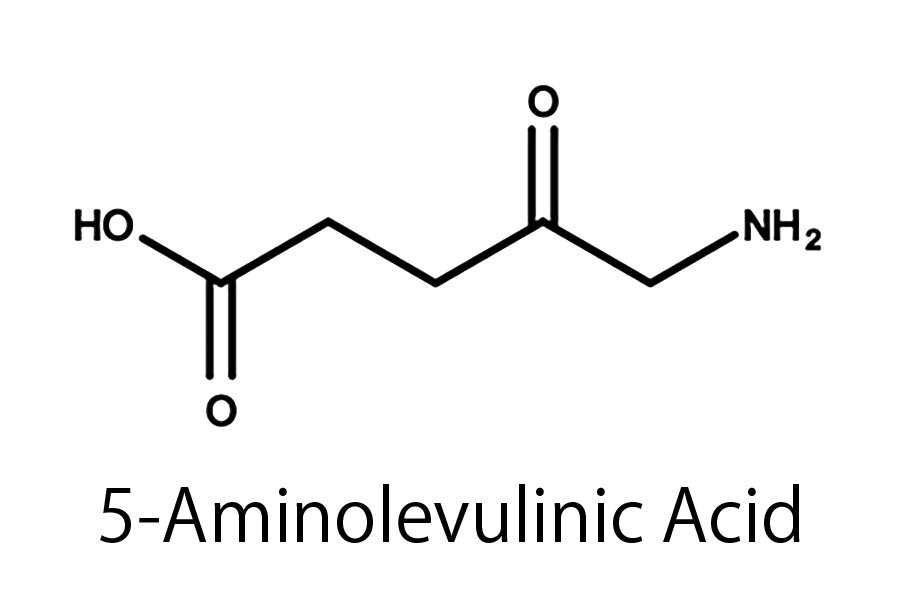Key Technology

Curing the Incurable, Inspiring Global Innovation
This project aims to scientifically prove a complete cure for diabetes by combining HDAC inhibitors targeting diabetes stem cells with a novel biomarker. Starting from the GCC region, the initiative seeks global expansion. By integrating treatment, diagnosis, and medical tourism, the project aims to build a sustainable medical ecosystem that contributes to the achievement of SDGs (Goals 3, 9, and 17). The Global Development Token (GDT) is a utility token that supports the social implementation and real-world application of these research outcomes.

Challenge: Uncovering the True Cause of Diabetes—and Erasing It
For decades, diabetes has been treated as a lifelong condition. But what if we could eliminate the disease at its root?
Discovery of Diabetes Stem Cells and a New Approach to Treatment
Our team has discovered a type of abnormal cell hidden in the bone marrow—cells that continue to drive diabetes even after blood sugar levels are under control. We call them “diabetes stem cells.”
These cells are the hidden enemy. They silently damage organs and keep the disease alive. But if we can remove them from the body, we believe a complete cure is possible—not just for diabetes, but also for its serious complications.
Our mission is to develop a new kind of treatment that doesn’t just manage symptoms—but eliminates the disease itself.
In fact, Phase II clinical trials have already shown that 5-ALA improves diabetes, providing strong early evidence for its therapeutic potential. (Protocol No. NPJ005-DM2-0521)
Diagnostic Test for Diabetes
Until now, diabetes diagnosis has relied on blood sugar measurements, but there was no definitive test. The discovery of diabetes stem cells now allows for a companion diagnostic test that detects their presence in peripheral blood.
Cure for Diabetes
Researchers discovered that abnormal hematopoietic stem cells (‘diabetes stem cells’) prevent pancreatic islet regeneration, making diabetes difficult to treat. By combining insulin and an HDAC inhibitor, these diabetes stem cells were eliminated, leading to complete remission in mice.
A Completely Side-Effect-Free
We are developing a revolutionary system (Biozipcode™) that delivers drugs only to specific cells. Using a seven-digit amino acid sequence inspired by the Japanese postal code system, we can precisely target cells, minimizing side effects and maximizing efficacy.
Clinical Trials
The journey from initial discovery to clinical trials and regulatory approval involves multiple stages. Our goal is to ensure this treatment is not just available as an expensive private therapy but as an insurance-covered drug accessible worldwide.
Cause and Solution
Why Diabetes Is Difficult to Cure and the Role of HDAC Inhibitors
Researchers have discovered that diabetes is caused by abnormalities in hematopoietic stem cells. By isolating and eliminating these diabetes stem cells, we aim to develop a treatment that achieves a complete cure for diabetes.

Abnormal Bone Marrow-Derived Cells (BMDCs) That Inhibit β-Cell Regeneration
Diabetes is increasing worldwide, making the development of effective treatments an urgent priority. Our research has identified abnormal bone marrow-derived cells (BMDCs) as a key factor preventing β-cell regeneration, which is essential for insulin production. These cells are generated in a high blood sugar environment and cannot be removed through insulin therapy alone, making diabetes difficult to cure.
In studies using STZ-induced diabetic mouse models, we found that controlling blood sugar levels while using an HDAC inhibitor corrected the epigenetic abnormalities in BMDCs. As a result, β-cell regeneration and insulin secretion were restored, offering strong potential for complete diabetes remission.

Insulin and Histone Deacetylase (HDAC) Inhibitors
A combination therapy of insulin and the HDAC inhibitor givinostat has demonstrated the potential to induce complete remission of diabetes. Studies on diabetic mice confirmed that diabetes leads to epigenetic changes in bone marrow hematopoietic stem cells. After 8 weeks of combined insulin and givinostat treatment, blood sugar levels remained stable, and even after discontinuing insulin, normal blood glucose levels were sustained. Furthermore, normal blood glucose persisted for 4 weeks after stopping givinostat treatment, reinforcing the effectiveness of this combination therapy.
Biozipcode™
Building a Next-Generation Drug Delivery System
We are developing a completely new treatment for curing diabetes and its complications using Biozipcode technology. This breakthrough approach ensures that no side effects occur, offering a revolutionary solution in diabetes treatment.

Biozipcode™: Targeted Drug Delivery System
Current oral and injectable drugs affect all cells, not just the target cells. Biozipcode solves this by assigning a unique seven-digit amino acid sequence to target cells, similar to a postal code.
With 20 amino acids, 1.3 billion unique codes can be created. A specific code recognized only by the target cell is attached to the drug delivery carrier, ensuring the drug reaches only the intended cells via blood vessels or cerebrospinal fluid.
This system minimizes side effects and enhances treatment effectiveness, aiming for widespread medical use in the future.
5-ALA
The Essence of Life
5-ALA (5-Aminolevulinic Acid) is a naturally occurring amino acid that has existed for approximately 3.6 billion years. It plays a crucial role in energy production within mitochondria in both humans and plants.

5-ALA and Blood Sugar Levels
A study examined whether consuming 5-ALA with iron could help lower blood sugar levels. Over a 12-week trial, participants with elevated blood sugar showed improvements in blood glucose levels after taking 5-ALA and iron. Those who consumed higher amounts experienced even better blood sugar control. These findings suggest that 5-ALA has potential as a new approach to diabetes prevention.
Republic of Palau
Clinical Trials in Palau
Palau has a population of only 20,000, yet it has an extremely high rate of diabetes. To establish Palau as a model country for diabetes recovery, we plan to conduct small-scale clinical trials separately from those in Japan and the United States.


Understanding Palau’s History
Palau first became known to Europe in the 16th century through Spanish explorers. It later experienced European colonial rule before undergoing economic development under Japanese administration. During World War II, it became a fierce battleground, and after the war, it was placed under U.S. trusteeship until gaining independence in 1994.
Today, Palau is focused on tourism and environmental conservation, striving to build a sustainable society. Its history has greatly influenced its cultural diversity and strong commitment to protecting the environment.


Fighting Diabetes in Palau: A Unique Opportunity for Groundbreaking Research
Diabetes is a growing global crisis, affecting millions of people worldwide. Palau, a beautiful island nation in the Pacific, has an alarmingly high rate of diabetes. However, many people there do not take strong blood sugar-controlling medications. This makes Palau an ideal place to study new treatments that could help people with diabetes everywhere.
Our research aims to find better ways to treat diabetes, not just control blood sugar. We are testing an innovative approach that targets the root causes of the disease, potentially leading to long-term improvements without harmful side effects. Because many people in Palau have not been heavily treated with existing diabetes drugs, we can conduct a clear and unbiased study of how well our treatment works.


